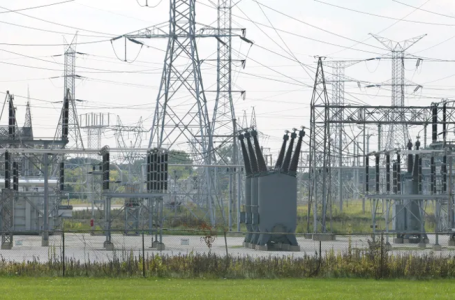Widgetized Section
Go to Admin » Appearance » Widgets » and move Gabfire Widget: Social into that MastheadOverlay zone
Power to the People: Ensuring Fair Access to Energy
The views expressed are those of the author and do not necessarily reflect the views of ASPA as an organization.
By Shone Hughes
March 24, 2025

Spring is here! After a blustery winter, some may find relief in nature awaking the senses to the fragrance of blooming flowers, sights of budding trees and sound of birds chirping. For Americans at, below or just above the poverty line, spring signals the beginning date for utility shut off notices for unpaid winter balances. In most states, investor owned utility companies are prohibited from shutting off utility services during the winter months among households with a balance. This policy is commonly known as the cold weather rule. The cold weather rule states that utility companies are prohibited from disconnecting eligible residential customers utilities due to nonpayment when the weather is expected to be at or below 32°F, during a weekend or holiday.
After spring, summer season brings dangerous and at times fatal heatwaves. Last summer, temperatures rose to triple digits in 37 states. Since 2016, the number of heat related deaths has steadily increased. In 2023, the US witnessed a 117 percent increase in the number of health related deaths. It is expected that the number will increase among households living in states without summer shut off protection rules. According to the Center for Energy and Climate and the National Energy Assistance Directors Association, only 19 states and DC have summer shut off protections. About 164.2 million of the U.S. population live in 31 states with no summer shut off protection rule. Of the 92.3 million people with incomes of less than 200 percent of the federal poverty level, 45.2 million live in states with no summer shut-off protection. These numbers include infants, children, seniors, pregnant women and individuals with health conditions.
Energy Affordability
The rising costs of energy force households to choose between heating and cooling their homes and paying for other living expenses such as groceries and housing. Recent estimates show the financial burden for families to keep cool during the summer months has increased by 8.7 percent across the United States to an average of $719 from June through September, up from $661 during the same period in 2023. The increasing costs of energy has increased the number of American households that are energy burden. According to the U.S. Department of Energy, energy burden is the percentage of gross household income spent on energy costs. Low-income households spend a higher percentage of the household’s monthly gross income on energy costs. Black/African, Americans, Hispanics, Native Americans and seniors living in low-income multifamily units, manufactured homes, and older buildings are more energy burdened than individuals who do not live in low-income communities. Among Black/African Americans living in low-income housing, energy cost is 45 percent of gross monthly income, Hispanics 20 percent, Native Americans 45 percent, and seniors 36 percent. Consequently, racial/ethnic minorities and seniors in low-income communities experience a disproportionately high energy burden compared to individuals with higher income and households located outside of low-income communities.
Energy Equity
Energy burden is a social equity issue that requires multiple policy changes. The author suggests the following actionable policy solutions to ensure fair access to energy:
- Engage communities that are disproportionately energy burdened in energy policy decisions.
- Respect community values on energy sources.
- Provide households with options to select alternative utility companies known as retail choice.
- Establish utility disconnection rules among states with the highest number of households living in poverty, under or just above poverty.
- Eliminate racial and economic inequality in energy costs.
- Address racial and economic disparities in energy efficiency.
- Develop and enhance existing public-private and intergovernmental partnerships to expand access to weatherization programs among energy burdened communities.
- Improve housing and building material for low-income housing.
- Implement state energy efficiency building regulations for the rehabilitation of low-income housing.
- Target funding for initial upfront costs for requested renewable energy in disproportionately energy burdened communities.
- Implement and expand utility bill assistance programs.
- Forgiveness for previously incurred utility debt after one year of payments.
- Exempt seniors from paying for energy discount programs.
- Modernize utility infrastructure in marginalized communities without placing the financial burden on marginalized communities.
Author: Dr. Shone Hughes is an Assistant Professor of Social Work in the College of Public Service at Tennessee State University. Dr. Hughes teaches in the areas of macro social work practice.


Follow Us!